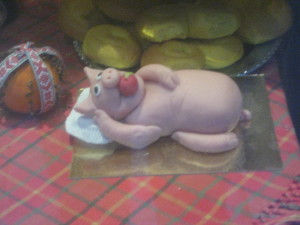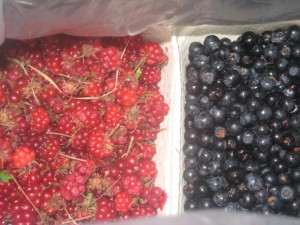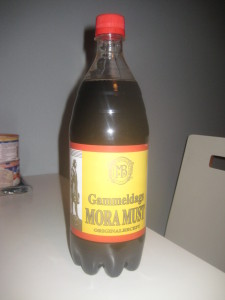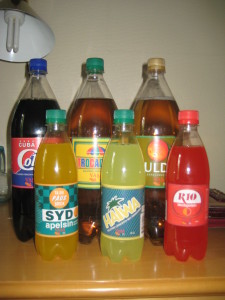For no particular reason I’ve decided to look at it and the codec is quite interesting despite being of somewhat WTFy design.
First, it uses 6 buffers so motion compensation can reference any of them while decoding (except that buffer 0 is the current frame and it’s a skip block).
Second, it seems to operate on 16×16 macroblocks that can be split further into smaller subblocks or encoded as the whole. Yes, it’s essentially a quadtree. And motion coefficients seem to be read in the beginning for all macroblocks and then deltas from overall macroblock value are coded for all subblocks when they occur.
Third, it seems to have halfpel motion compensation and some very simple transform that depends on block size and number of coefficients coded. While it’s no DCT I’ve seen that it decodes (last, skip, level) triplets, unquantises them and calls transform function depending on the transform size and position of last nonzero coefficient. And I’m not completely sure but looks like some kind of spatial prediction like H.264 is invoked too.
Truly there are interesting codecs no-one cares about (including me).
 Yes, that one
Yes, that one Berries
Berries Mora Bryggeri — no julmust or påskmust
Mora Bryggeri — no julmust or påskmust The Reference Drinks
The Reference Drinks